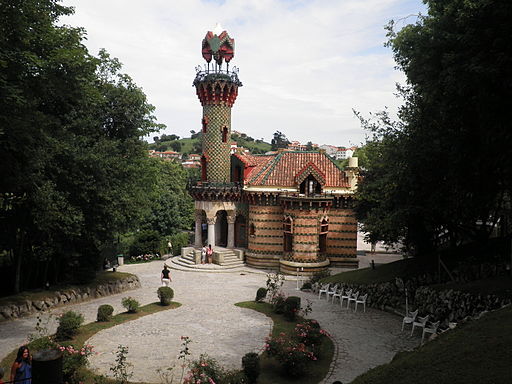In Spain there are 74 cathedrals of different periods and styles. About 50 of them are located in the provincial capitals and are more or less well known. The best are probably those of Seville, Leon and Santiago de Compostela, which without being a provincial capital is one of the most important cities in Catholic Europe. Some cathedrals are located in important towns, but there are a few that remain forgotten in small towns and villages that knew a better past.
Astorga: with about 10,000 inhabitants, this city is known for its rich gastronomy. Astorga was one of the first episcopal seats of Roman Hispania, but the importance of the city declined over the centuries. Already in the Middle Ages its inhabitants took three centuries to finish the construction of the Cathedral, in which the different architectural styles of the masters who passed through it can be perfectly distinguished. Its baroque façade is a work of art and the Museum houses authentic jewels, although it needs a good reform.
Ciudad Rodrigo: located next to the border with Portugal, its wall is one of the best preserved in the Peninsula. Its Cathedral, built during the Reconquest, is also fortified. In its walls can be seen impacts of projectiles from the Spanish Civil War.
Tarazona: one of the most amazing cathedrals. It was closed for security reasons between 1991 and 2011. It was built on an unsuitable site, which gradually led to its deterioration, leading to fears for its integrity. Fortunately, it was intervened in time to save it and it was consecrated again. Today it is a source of pride for the inhabitants of Tarazona.

